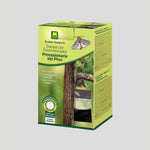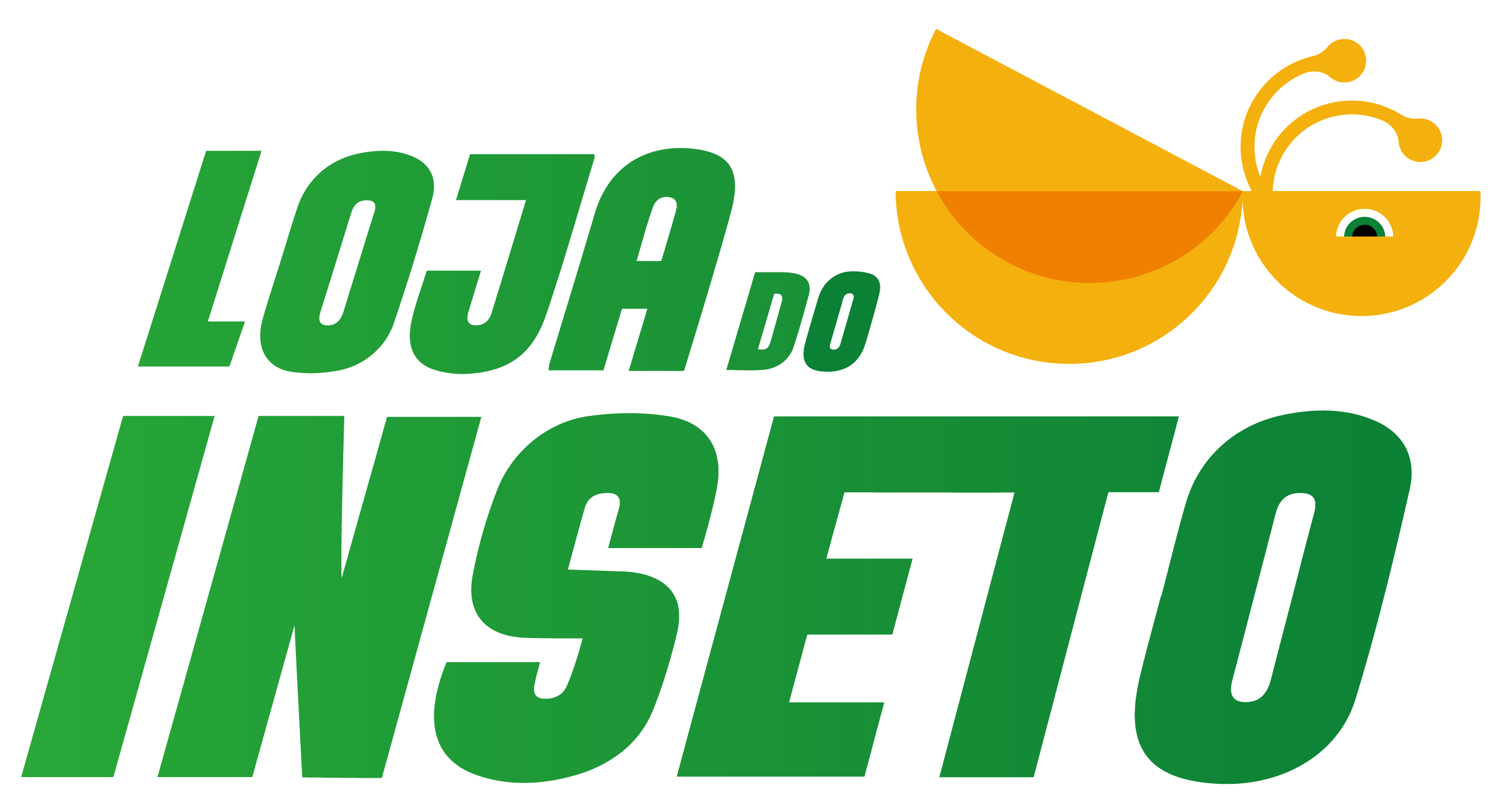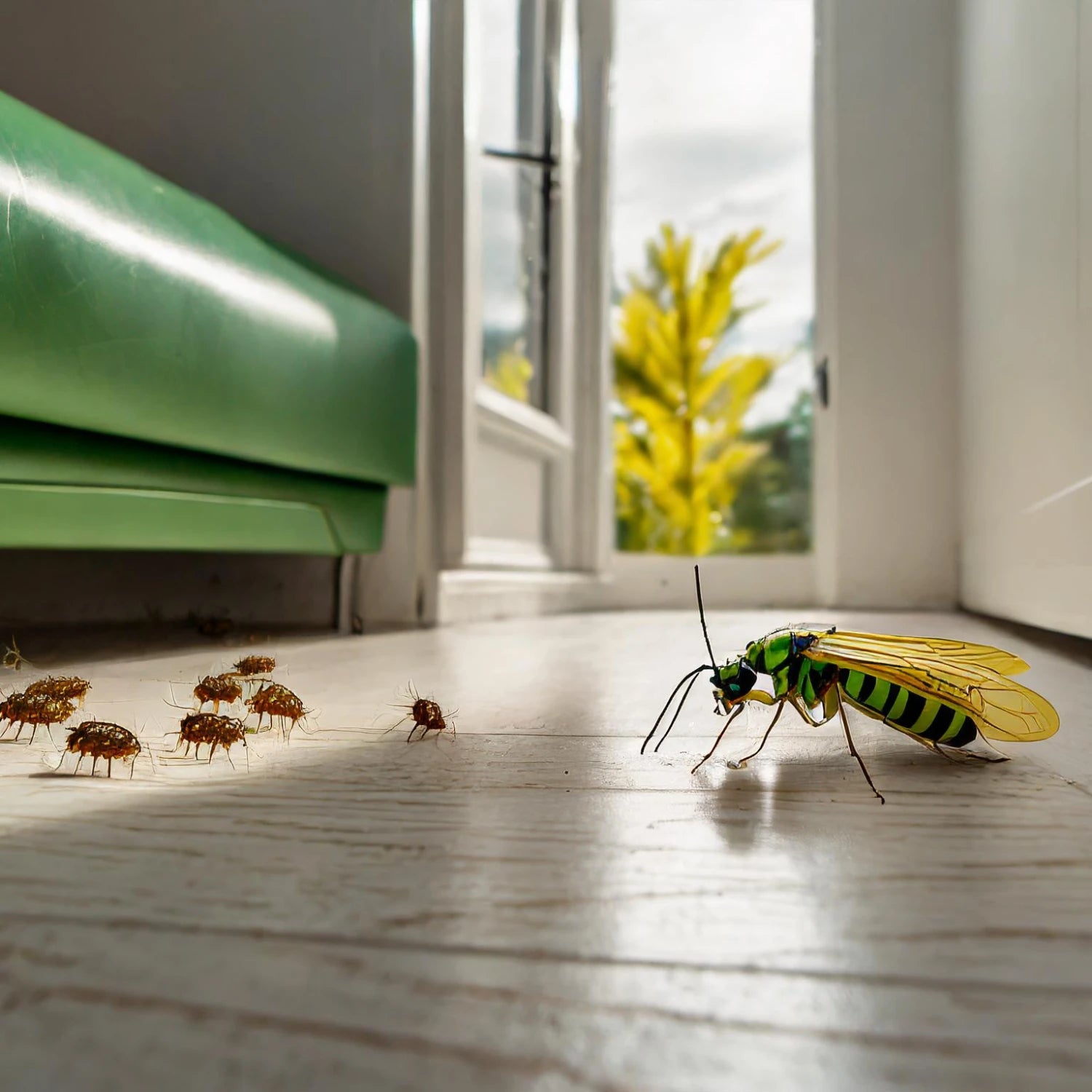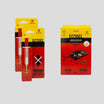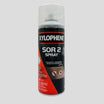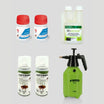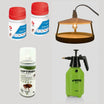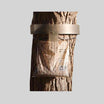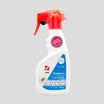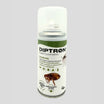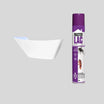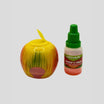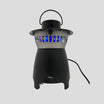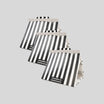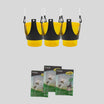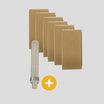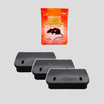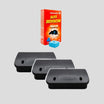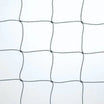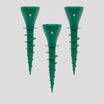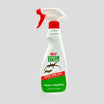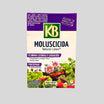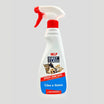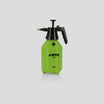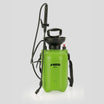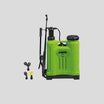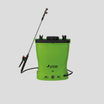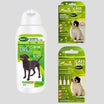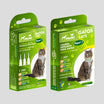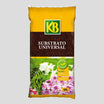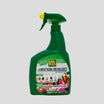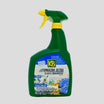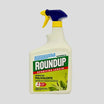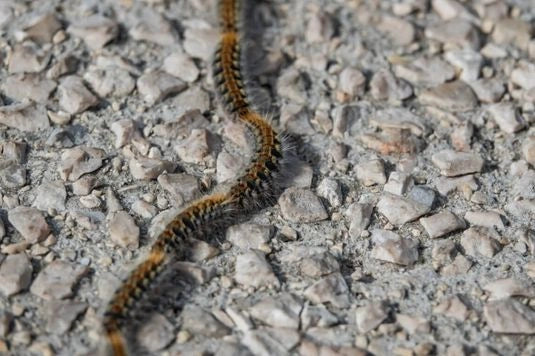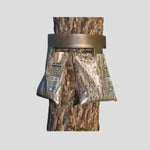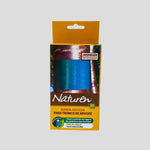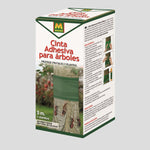The pine caterpillar, also known as the pine processionary, is a pest that mainly affects pine trees, among other coniferous trees. This insect poses a danger to humans and dogs, due to its stinging hairs, which cause irritation to the skin, eyes, and respiratory system, and in some cases can be fatal.
1. Behavior of the Pine Processionary and its environmental impact
Initially, the caterpillars gather in sac-shaped nests, usually located in pine trees. During the migration period (from December to June), the caterpillars move in single file in search of new areas to feed, posing a risk to children, adults and dogs due to the presence of their stinging hairs.
Additionally, the destruction of pine needles can weaken the trees, making them more susceptible to disease and other environmental damage.
2. Dangers of the Pine Caterpillar in Humans and Dogs
These hairs can cause severe allergic reactions in humans and pets, making proper control of this pest crucial.
It is when they walk in procession that they most attract the attention of children and dogs, who are curious about the movement of these orange-colored, harmless-looking insects. But the truth is that they are quite dangerous for humans and pets.
The allergic reaction varies depending on the sensitivity of the person and the animal, as well as the intensity of exposure to the caterpillar's hairs.
Skin irritations are one type of reaction (urticarial reaction), in which there is skin irritation with itching, burning, red skin and swelling. Eye irritation may also occur, very similar to conjunctivitis, with red, itchy and swollen eyes. And, finally, it may also trigger coughing and breathing difficulties of varying severity.
Symptoms may appear a few minutes or hours after contact. In humans, if any of the allergic reactions persist, contact 112 immediately. For animals, such as dogs and cats, go to the vet immediately.
3. Treatments to eliminate the pine caterpillar
In Portugal, several methods have been implemented to control the pine caterpillar population, namely:
✅ Physical barriers in Pinheiros
These traps allow the entire colony of pine processionary caterpillars to be captured . When applied around the perimeter of the pine tree , they block the caterpillars' entire path of descent, forcing them to enter the capture bag, from where they cannot escape. This prevents the caterpillars from reaching the ground to complete their cycle, thus limiting the number of butterflies that can reproduce.
For a more effective treatment, you should place the trap in the winter months , to collect the caterpillars during the spring .
Months of use: December, January, February, March, April, May and June
✅ Nest removal
Sanitary pruning to remove nests and infested areas to reduce the population. It is advisable to carry out the treatment with professional pest control technicians, such as Truly Nolen .
✅ Chemical and biological treatments
Using specific insecticides or biological agents to control the pest can also be a good option when the location already has a large infestation.
Educating the public about the dangers associated with pine caterpillars and about prevention and safety practices is crucial. Public awareness can help in early identification of infestations and implementation of preventive measures.
Recomended Products
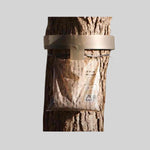
Pine Processionary Caterpillar Trap Kit
